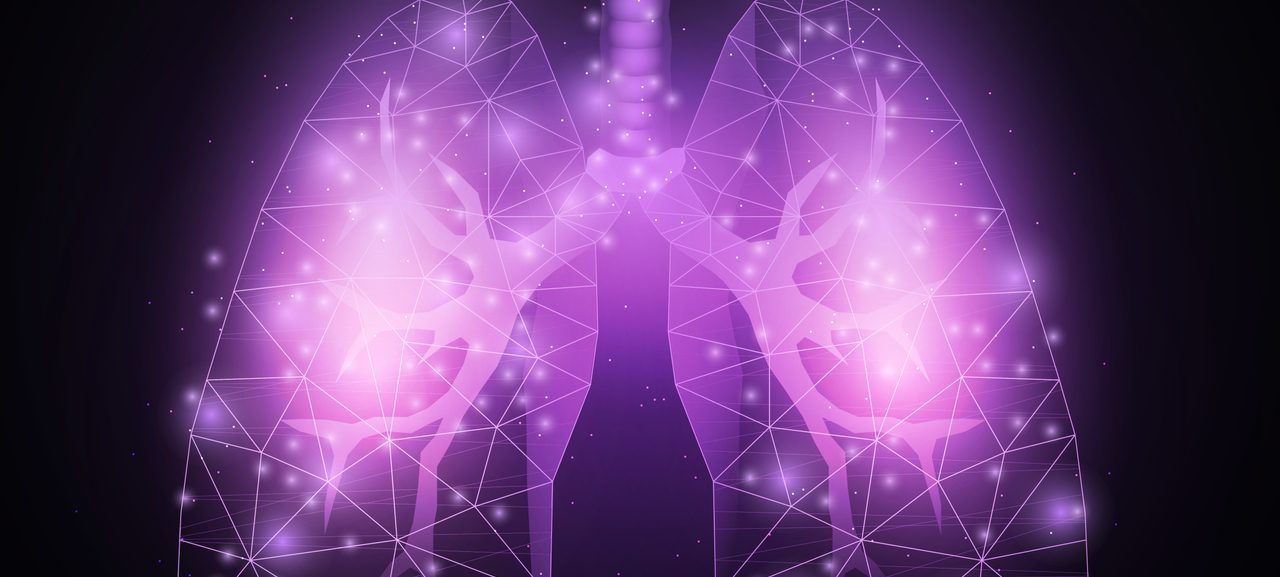Prone positioning enables the redistribution of lung weight, leading to the improvement of gas exchange and respiratory mechanics. We aimed to evaluate whether the initial findings of acute respiratory distress syndrome (ARDS) on computed tomography (CT) are associated with the subsequent response to prone positioning in terms of oxygenation and 60-day mortality.
We retrospectively included patients who underwent prone positioning for moderate to severe ARDS from October 2014 to November 2020 at a medical center in Taiwan. A semiquantitative CT rating scale was used to quantify the extent of consolidation and ground-glass opacification (GGO) in the sternal, central and vertebral regions at three levels (apex, hilum and base) of the lungs. A prone responder was identified by a 20% increase in the ratio of arterial oxygen pressure (PaO) to the fraction of oxygen (FiO) or a 20 mmHg increase in PaO.
Ninety-six patients were included, of whom 68 (70.8%) were responders. Compared with nonresponders, responders had a significantly greater median dorsal-ventral difference in CT-consolidation scores (10 vs. 7, p = 0.046) but not in CT-GGO scores (- 1 vs. - 1, p = 0.974). Although dorsal-ventral differences in neither CT-consolidation scores nor CT-GGO scores were associated with 60-day mortality, high total CT-GGO scores (≥ 15) were an independent factor associated with 60-day mortality (odds ratio = 4.07, 95% confidence interval, 1.39-11.89, p = 0.010).
In patients with moderate to severe ARDS, a greater difference in the extent of consolidation along the dependent-independent axis on CT scan is associated with subsequent prone positioning oxygenation response, but not clinical outcome regarding survival. High total CT-GGO scores were independently associated with 60-day mortality.
© 2022. The Author(s).
Prognostic value of computed tomographic findings in acute respiratory distress syndrome and the response to prone positioning.


